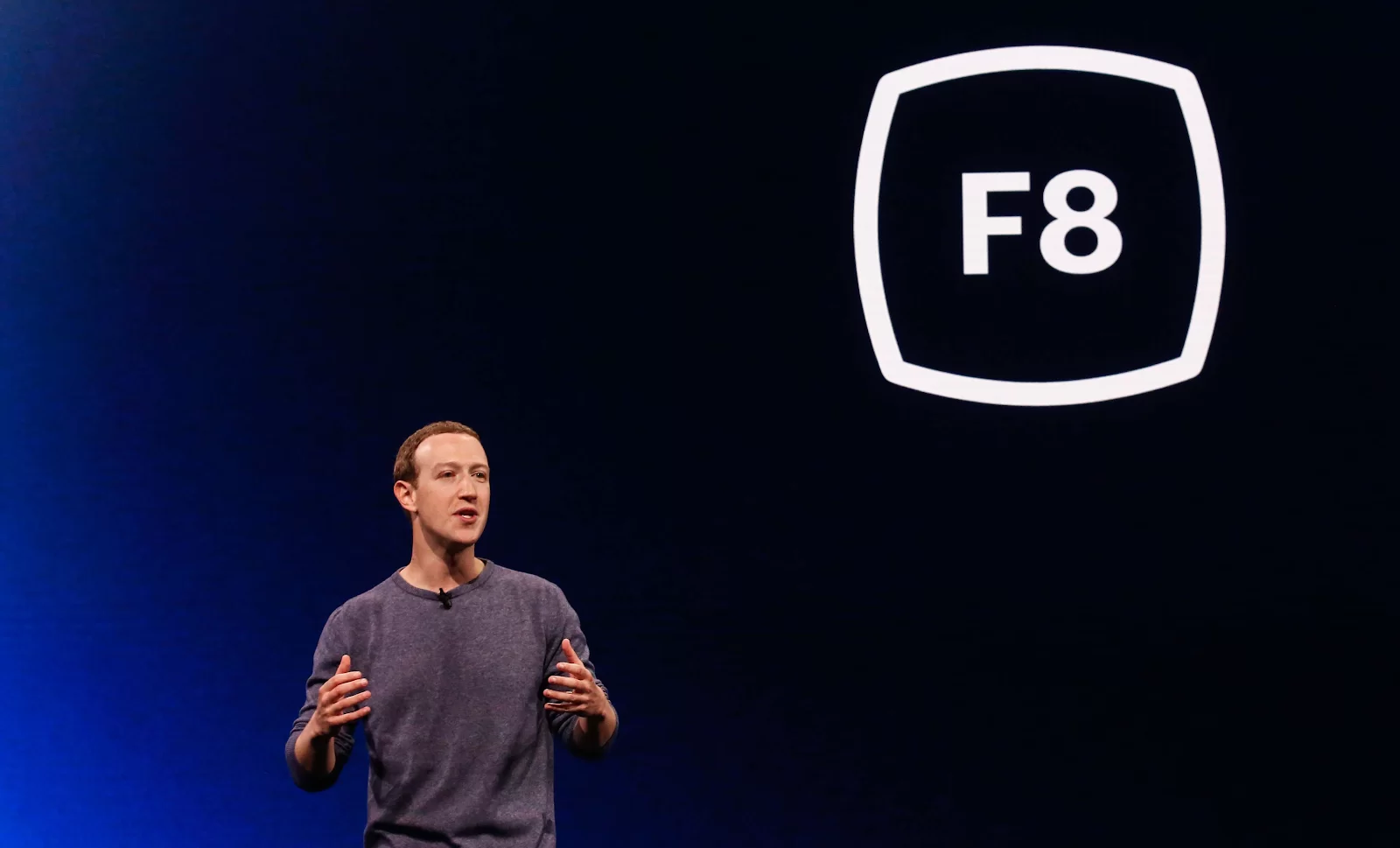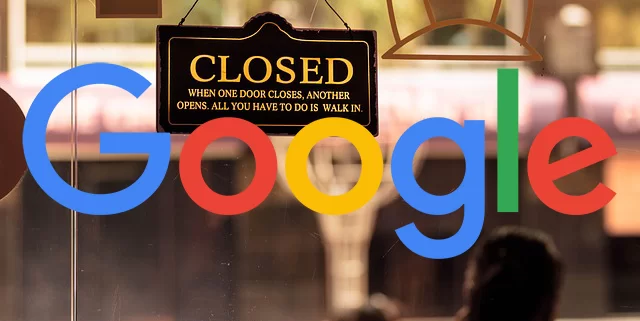Let me guess. Your morning routine hasn’t changed much – you probably still begin your day with the phones in your hands, only the websites have changed.
Coronavirus stats and news have replaced memes and funny cat videos for the majority of Facebook, Twitter and Instagram feeds. We realize you’re tired of endless publications in regards of about coronavirus. Yet, we are ready to offer you just one more.
We’ve decided to collect the opinions of the leading experts in economics to try to figure out how the world might look after the disease outbreak.
It is very hard to predict the outcome of the pandemics, every prediction, even successful one could be wrong by a mile, so we carefully chosen the sources.
In the first part of this series of articles, we’ll explore Business Insider’s current look at the situation (effects in the short run), and possible economic outcomes as outlined by Bloomberg, and will try to figure which IT sectors will thrive not just in the short but also in the long run – after the virus is dealt with (effects in the long run).
Later in the series we’ll explore the applications and technologies that are xperience temporary rapid growth, discuss how they’d feel in the reshaped economical worlds, and also will have a look at what pieces of content our colleagues, popular software development companies are creating in the moment.

Source: quotes.com
Business Insider have made presuppositions about the effects of pandemics to the international tech industry based on the information of how the virus have affected China. Those are the most hard-hitting effects:
- Supply chains sufferings
- Tech conferences and business meeting cancellation
- 5G adoption at a better pace
- VR technology uptake
- Smart City technology enhancement
This is how BI describes the story in details:
1) Major disruption to supply chains
The region of China was hit hard as a large number of citizens contracted the disease and many were forced into quarantine. This is pretty much the current situation in the world as of April, 2020.
Partial and, in some cases, full shutdowns of plants and factories, including the ones used by prominent tech companies to manufacture their goods and products.
The most obvious example is Apple. The tech giant experienced shortages on its iPhone supply as a result of the company’s primary manufacturer, Foxconn, shutting down much of its production in China.
Ultimately for Apple, this will lead to a significantly reduced forecast in iPhone shipments through Q1 — by as much as 10% as it was estimated by Apple analyst Ming-Chi Kuo.
BI uses this as an example, as it now obvious that such supply chains disruptions will be met everywhere due to the closed borders and quarantine measures.
2) Tech conferences to be canceled, resulting in numerous missed partnership opportunities
Mobile World Congress (MWC), which was scheduled to take place February 24-27 in Barcelona, was canceled due to concerns over the virus. Business Insider states MWC is a cornerstone event in the connectivity industry as it brings together the most important companies in the space to network, share innovations, and forge new business partnerships.
ZDNet have created the full list of all types of tech conferences postponed, cancelled and going online. They also note what we’d like to highlight as well:
“The coronavirus’ effect on the tech industry is a rapidly-changing story.”

Source: cnbc.com
The updates of this list as news of conference cancellations and travel restrictions breaks is constant
3) Potentially accelerating adoption of 5G technology in the long term: telehealth and teleconferencing
5G’s lightning-fast speeds, near-instantaneous communications, and increased connection density makes it primed for remote interactions, which has become top of mind for many organizations and enterprises as caution mounts over the spread of the virus. Two key areas — telehealth and teleconferencing — are becoming critical for enterprise operations amid the pandemic, and we think that increased dependence on these areas will help strengthen the appeal of 5G.
Telehealth: The technical superiority of the new standard empowers physicians to diagnose, treat, and operate on patients without the need to be physically near them. In China in January, telecoms ZTE and China Telecom designed a 5G-powered system that enables remote consultations and diagnoses of the virus by connecting physicians at West China Hospital to 27 hospitals treating infected patients.
Given the ability of 5G to expand the reach of expertise and services offered by hospitals in this time of increased need, we expect more hospitals will look to tap into 5G to take advantage of the benefits offered by the new standard.
Teleconferencing: Many employers have increased their reliance on enterprise teleconferencing tools — such as Microsoft Teams, Google Hangouts, and Zoom — as their employees switch to remote work due to public health concerns.
We expect that employers’ dependence on such tools during the coronavirus pandemic will strengthen the case for 5G connectivity in the home — and in the office as enterprises recognize the value that teleconferencing tools offer. That’s because a 5G connection will be able to provide real-time and uninterrupted communication that’s not possible with most wired connections today.
4) Possible use cases for virtual reality (VR) in enterprises
The outbreaks of coronavirus have caused big tech companies like Apple, Google, and Microsoft to recommend or mandate that employees work from home. Additionally, companies like Amazon have limited nonessential employee travel to affected areas like China, Italy, and even within the US
While this is the safest course of action during the pandemic, it does inhibit collaborative efforts and opportunities for hands-on training. As these drawbacks become clearer enterprises will look for ways to smooth disruptions for employees, and one way will likely be VR.
Almost half (49%) of business respondents are looking to use VR and other extended reality tools to mirror real-world training conditions, according to a Perkins Coie survey.
5) Smart City technology boost
Cities around the world have utilized smart city technology in attempts to mitigate the impact of coronavirus. Police in China are using drones with thermal sensors to identify people in public running a fever. The South Korean government developed a smartphone app that puts self-quarantined individuals in touch with caseworkers, allowing them to report their progress and ask any questions that arise. The Australian government launched a chatbot to address citizen questions and quell the spread of disinformation.
Business Insider Intelligence estimates that smart city investment will reach $295 billion by 2025, up from $131 billion in 2020. Should smart city solutions prove to be an effective tool at mitigating the pandemic, governments may feel even greater certainty in making further investment, which could accelerate the rate at which they deploy solutions.
McKinsey’s and Bloomberg Predictions on the Effect of Coronavirus to Economy
The quarantine measures contribute to on the world’s economy. According to McKinsey, things could go one of two ways.
Following the first scenario, nationwide quarantines, travel bans, and self-isolation will result in a sharp decline in consumer and business spending through Q3. Consumers stay home, businesses operate at a loss, startups struggle to close investment rounds, and unemployment claims hit an all-time high across the USA and Europe.

Source: cyber-ny.com
In the second scenario, the coronavirus doesn’t come under control until much later. The quarantine will stay in effect for the rest of 2020, resulting in massive bankruptcies and corporate layoffs. Thanks to banks’ strong capitalization, the financial sector won’t collapse, but the global economy will not show signs of recovery until the spring of 2021, displaying a modest GDP growth of 0.5% this year.
The coronavirus is guaranteed to throw the world into recession, but economists are becoming less convinced about the potential for a strong snapback in growth.
The base case for forecasters is that a recovery, perhaps even a vigorous one, gets under way in the second half of 2020. But as the pandemic spreads through Europe and the Americas, and the wide range of knock-on effects comes into clearer view, caveats to that call are piling up.
Economists Are Losing Hope in a ‘V-Shaped’ Post-Virus Recovery
Underlying all of them is the simple fact that economic outcomes hinge on something that’s beyond the professional competence of most economists to forecast: the trajectory of the disease itself.
“We have no certainty the virus will be gone by the end of the second quarter,” said Nobel prizewinner Joseph Stiglitz, a professor at Columbia University in New York. If it “lasts through the summer, then all the effects will be amplified.”
Beyond that, there is an array of questions for economists to grapple with — and those doubts increasingly undermine projections for what’s known as a “V-shaped recovery,” in which lost output is quickly restored.

Source: time.com
Rather than sounding a decisive “all clear,” health authorities seem likely to advocate a gradual return to normal working life, so the behavior known as “social distancing” may stick around.
Along with financial blows sustained during the downturn, that is likely to damp spending on travel or spending at shops or restaurants — assuming those businesses can stay afloat in the first place.
“It takes more time to get ‘back to play’ than to ‘get back to work’,” said Catherine Mann, chief economist at Citigroup Inc. This “underpins concerns for the trajectory for services-dependent advanced economies in the second half of 2020,” she said.
Global Easing in 2020
Consumer caution is already evident in China, even though authorities say it’s safe to go back into the marketplace, and it could happen elsewhere.
That’s why Mark Zandi, chief economist at Moody’s Analytics, likens his forecast to a “Nike swoosh” rather than a V- or U-shaped rebound. He says U.S. output alone could plunge at an annualized pace of as much as 25% in the second quarter, bounce back by up to 15% in the third, then stall in the fourth with the economy “basically limping along.”
Much will depend on how fast businesses bring back jobs. The International Labor Organization warns 25 million positions may be shed, and Goldman Sachs Group Inc. said on Tuesday it expected U.S. unemployment to soar to 15%.
Mckinsey & Co. notes one quarter of U.S. households already live from paycheck to paycheck, and that 40% of Americans are unable to cover an unexpected expense of $400 without borrowing.
Stiglitz worries about what he calls “financial gridlock” in which households and companies can’t pay bills, forcing those they owe to into bankruptcy and default as well and so on.
That threat could be heightened by the scale of borrowing in recent years. The Institute of International Finance estimates household debt — as a share of output — is at record levels in several economies.
Corporate borrowing has also hit a high in countries including France and the U.S. Those debts along with the collapse in earnings and slide in equities may limit the ability of companies to reboot after the crisis, with some also likely to be hurt by the collapse in oil prices.
“In any recovery, firms may need to sell shares or slash capex to reduce debt or repay government assistance,” said Charles Dumas of TS Lombard.
Keen to avoid an extended recession, policy makers have been taking emergency measures on a scale that likely exceeds even the response to the 2008 financial crisis. They’re extending credit lifelines to business, paying cash to households, and helping companies cover their wage bills so they don’t have to fire workers. Central banks have slashed interest rates and started new asset-purchase programs.
The strongest argument for a rapid recovery is what economists call “pent-up demand” — a label that applies quite literally in the current crisis.
Economies shuddered to a halt when people were forced to hunker down at home, so there should be a corresponding upswing when they’re allowed out again — especially with governments everywhere injecting cash to speed the process.
“Assuming the outbreak peaks by April/May, this will likely set the stage for a recovery in the second half of 2020,” said Chetan Ahya, chief economist at Morgan Stanley.
He predicts the global economy will contract 2.3% on an annualized basis in the first half of the year before growing 1.5% in the second half. Even that scenario means the U.S. and euro area won’t regain their pre-crisis levels of output until the third quarter of 2021.
What Bloomberg’s Economists Say…
“If outbreaks in other countries follow the same trajectory, the world economy could be up and running again by the start of the second half. But that’s far from guaranteed. Past pandemics lasted years, not months. Scientists at Imperial College London are warning containment measures may have to stay in place for 18 months.”
International orders, though, may take longer to recover. Because other economies got hit later by the virus, they’re seeing a slump in demand for imports just as China’s export engine is revving up again. That feedback loop may undermine other recoveries too.
And in China, as in other countries, economics will continue to depend on epidemiology for some time to come. Even as overall progress is made toward containing the coronavirus and developing a vaccine, there’s no guarantee that the movement will be in one direction.
Instead there could be “aftershocks following the initial outbreak, with restrictions being re-imposed and lifted so as to manage the capacity of the healthcare system to cope,” said Keith Wade, chief economist at Schroder Investment Management. “In economic terms, this would lead to a double-dip recession.”
History also suggests reason to worry. A just-published study of pandemics and armed conflicts found such shocks typically weigh on wages and investment for years to come.









